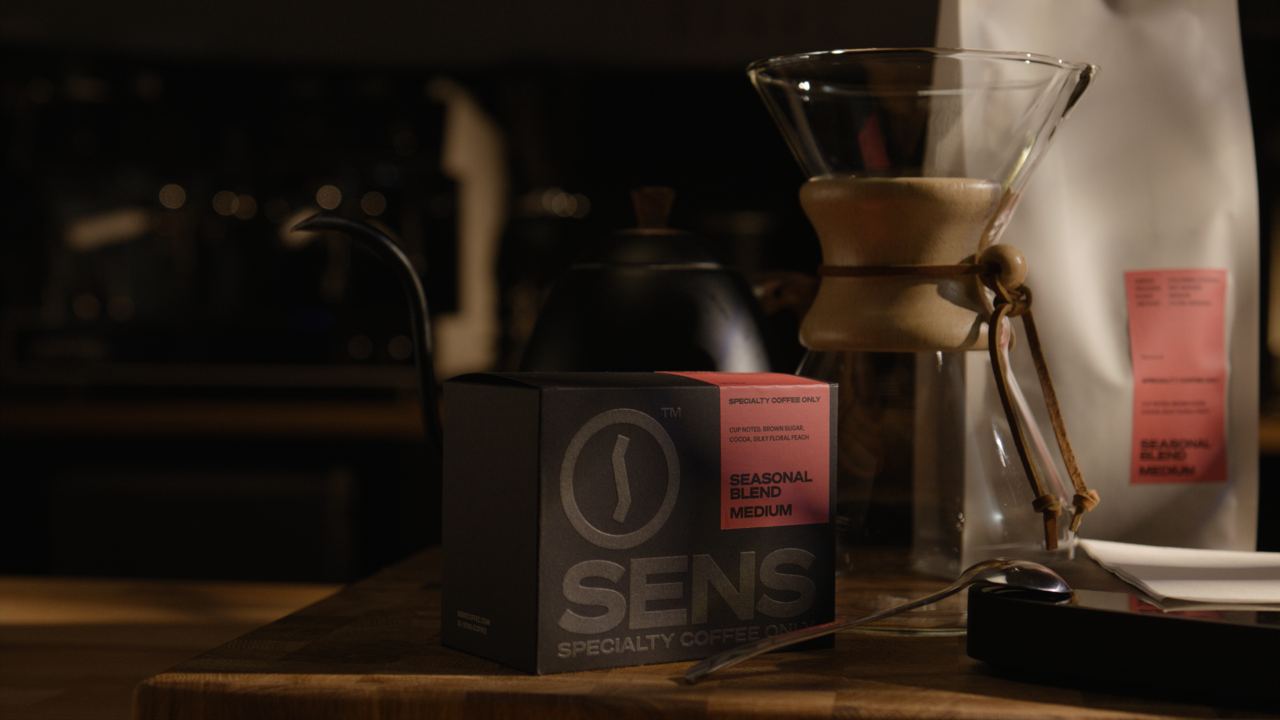Have you noticed the word "regenerative" appearing on food labels and in marketing campaigns? It suggests a farming approach that restores soil health and combats climate change, but what does it really mean? More importantly, does it make a difference?
Currently, there is no universally accepted definition of regenerative agriculture, making it difficult to verify claims associated with it. Without standardized monitoring, reporting, and verification systems, consumers have no way of knowing whether products labeled as regenerative truly adhere to sustainable practices or if the term is being used for marketing purposes.
Regenerative agriculture is not a new concept. Gabe Brown, a well-known rancher from North Dakota and author of "From Dirt to Soil," has long championed the practice. His work demonstrates how eliminating synthetic fertilizers in favor of compost and diverse cover crops can revitalize depleted soil and increase crop yields. His success has inspired farmers around the world.
The origins of regenerative agriculture can be traced back to Robert Rodale of the Rodale Research Institute, who introduced the concept over 40 years ago. His definition emphasized the role of soil biology in nutrient recycling between plants, animals, and land, leading to healthier crops and improved productivity without reliance on agricultural chemicals. Even in 1943, British farmer and botanist Eve Balfour criticized industrial farming’s dependence on chemicals in her book "The Living Soil," which played a significant role in the organic farming movement.
There is considerable overlap between regenerative and organic farming. Both emphasize crop rotation to control pests and diseases, cover cropping to protect soil year-round, minimal or no plowing to preserve soil structure, and composting to nourish soil microbes. They also incorporate livestock, such as cows and sheep, to naturally fertilize the land. Both approaches prioritize soil health and aim to minimize chemical inputs.
However, regenerative agriculture is not simply another term for organic farming. Organic farming follows strict guidelines and certification processes that prohibit synthetic pesticides, fertilizers, and genetically modified seeds. Organic certification provides transparency and allows consumers to make informed choices, though it does not always measure broader environmental impacts such as biodiversity and greenhouse gas emissions.
Regenerative agriculture, on the other hand, operates as a set of flexible principles rather than rigid standards. While this adaptability allows farmers to tailor practices to their unique environmental and business conditions, it also creates ambiguity that can leave consumers uncertain about what the label truly represents.
This lack of clear definition raises concerns. For instance, an organic carrot may be grown in a monoculture system that lacks biodiversity, whereas a regeneratively farmed carrot could be cultivated in a diverse, cover-cropped system but still involve some synthetic inputs like glyphosate. Without industry-wide standards, regenerative farming’s credibility could be at risk. The introduction of certification programs aligned with regenerative principles could enhance accountability and transparency while preserving the core values of the movement.
Regenerative agriculture has the potential to expand carbon-neutral food production beyond niche products like chocolate, wine, coffee, and tea, reaching everyday staples like potatoes, wheat, bananas, and tomatoes. By reducing reliance on synthetic fertilizers, lowering fuel consumption, and promoting no-till and cover cropping techniques, regenerative farming can contribute to lowering greenhouse gas emissions and sequestering carbon in the soil.
If supported by clear standards and certification, regenerative agriculture could help build a food system that is not only sustainable but also carbon neutral. As the movement gains traction, it may drive changes in supply chains and influence corporate sustainability commitments. Supermarkets and businesses could prioritize sourcing food from regenerative farms as part of their environmental strategies.
So, what does this mean for your grocery shopping? While the term "regenerative" does not yet offer the same level of clarity as "organic," your purchasing choices still send a message. Buying products labeled as regenerative signals to retailers that consumers value soil health and sustainability.
To ensure meaningful impact, ask questions about product sourcing and farming practices. Look for transparency in labeling, including certifications or reports that verify environmental claims. Are greenhouse gas emissions measured? What tangible environmental benefits have been achieved?
The resurgence of regenerative agriculture holds promise for transforming food and farming systems. The future of carbon-neutral food depends on clear accountability measures and the evolution of the regenerative agriculture movement.






